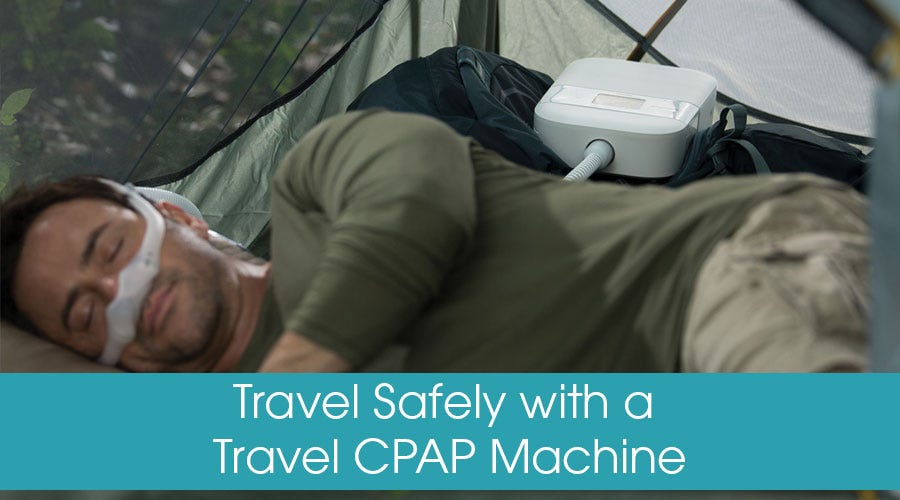
Just like any other type of electronic, or piece of medical equipment that you depend on, there are things you should know about the proper safety precautions for your oxygen concentrators. With the approaching hottest months of the year for much of the country, you will need to consider how your oxygen concentrator will fair out in the high temperatures. High heat, and especially flames near your unit, can be extremely dangerous, as well as harmful.









